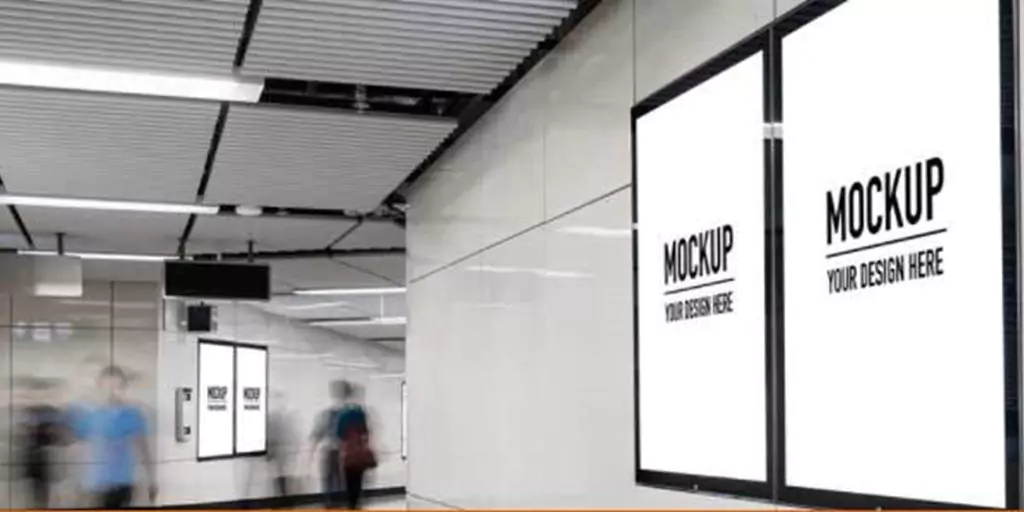
Basic Graphic Design Principles for your Signage
Effective Signage Design Principles
With its ability to engage and inform the customers, amplify your presence, increase foot traffic and make the shopping experience more fulfilling for the customers, signage is arguably one of the most crucial marketing investments any business has to make.
That being said, it is also important to understand that not all signage is created equal. While a beautifully designed and strategically placed signage can do wonders for you, poorly designed signage may put off the viewers, doing more harm than good for your business.
While there are a lot of variables that contribute to the overall success of a sign, Visual cues and graphics are the most important & determinant factor in visual advertising.
But what construes as a “Good” signage design and what makes a signage design bad? And how can one even tell the difference? Although aesthetics are a subjective matter and beauty is actually in the high of the beholder, there are few basic principles on signage design, which if followed correctly, can give your signage an appealing look.
Here are some graphic design principles that will help your signage.
Color Contrast Ratio:
Arguably the most important aspect of any design, color contrast ratio is a numerical value assigned to the difference in light between the foreground and the background. To make your signage appear appealing, it’s best to increase readability and visibility by creating a good contrast between colors and shades. For instance, if you are choosing dark colors for the background, it would be great to choose lighter color options for lettering and content as it will not only be aesthetically pleasing but will also increase the readability of the sign.
Create a Balance Between Text & Graphics:
Choosing bright colors and neat lettering is the best way to ensure that your sign is easy on the eyes and readable from a distance. Complex imagery and patterned background can create trouble for the viewers to find relevant information. To create effective signage, especially outdoor signage, you need to find a sweet balance between the words and images and avoid visual clutter.
Negative Space:
When designing signage, it is important to carefully consider the blank spaces that you are going to leave as they are equally crucial as other factors i.e. colors, images and text. Negative spaces, commonly referred to as white spaces, allow a design to breathe and also helps in drawing greater attention to those elements included on the page. When too much information and imagery is crammed onto signage, it not only makes the information hard to process but also makes the signage kind of look ugly.
Bespoke Signage Solutions By BlinkSigns:
At BlinkSigns, we love creating inspiring signs. From the initial site survey to the final installation, our team of experts and design gurus know how to create truly inspiring designs to help you meet your marketing objectives. We have created custom sign and graphic services for businesses before using effective signage design, check it out, and if you like what you see, then request a quote.